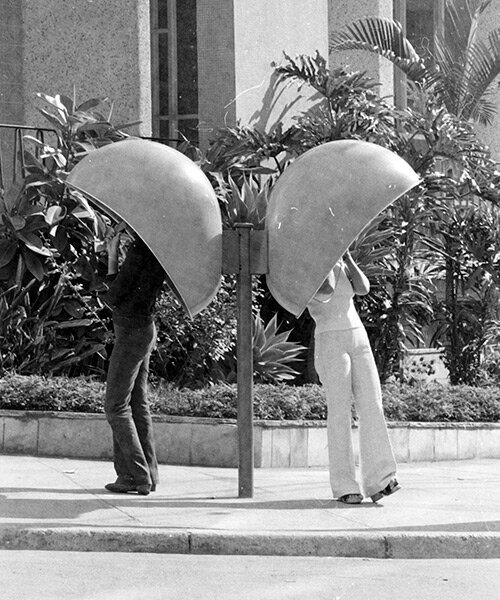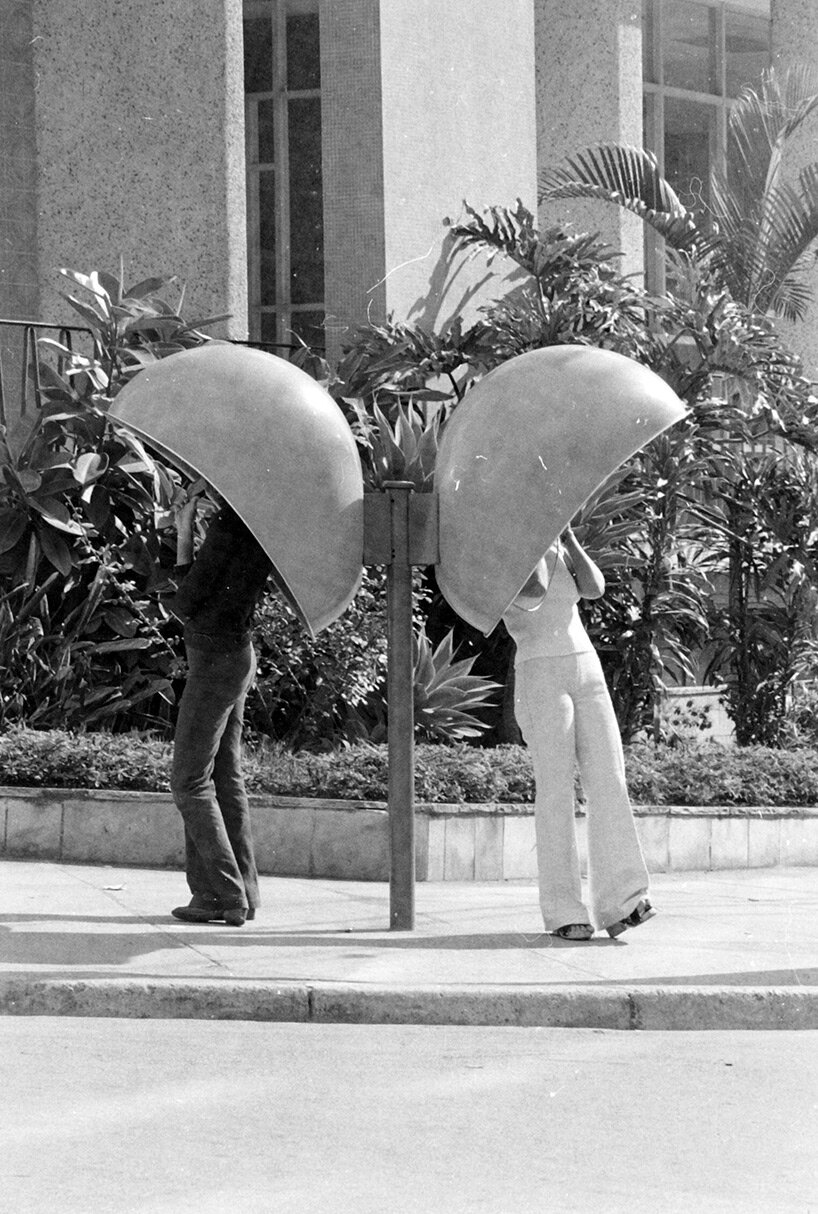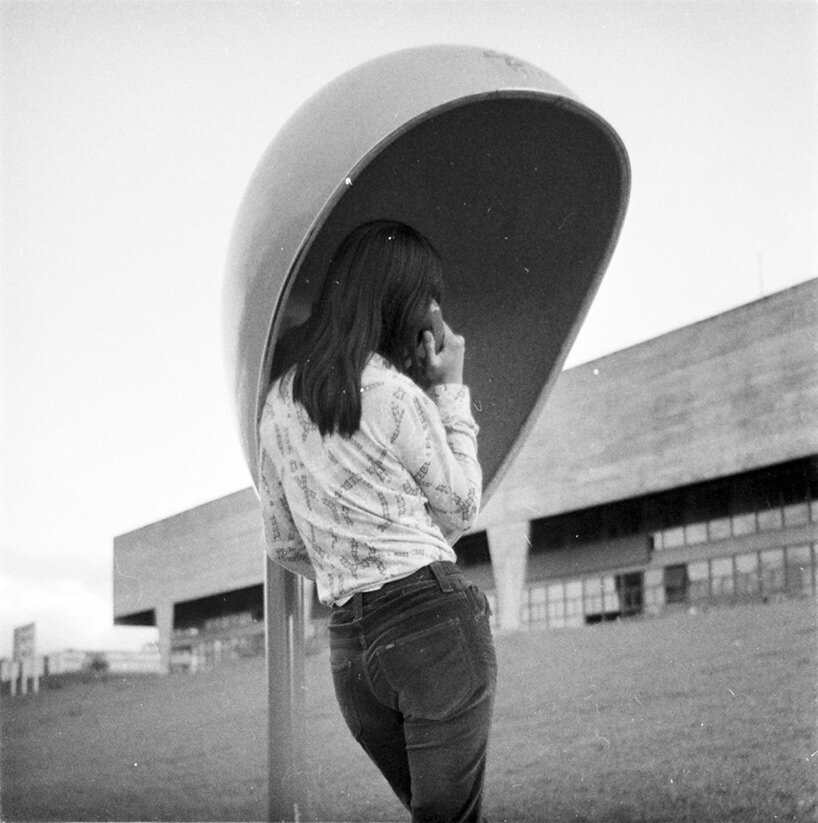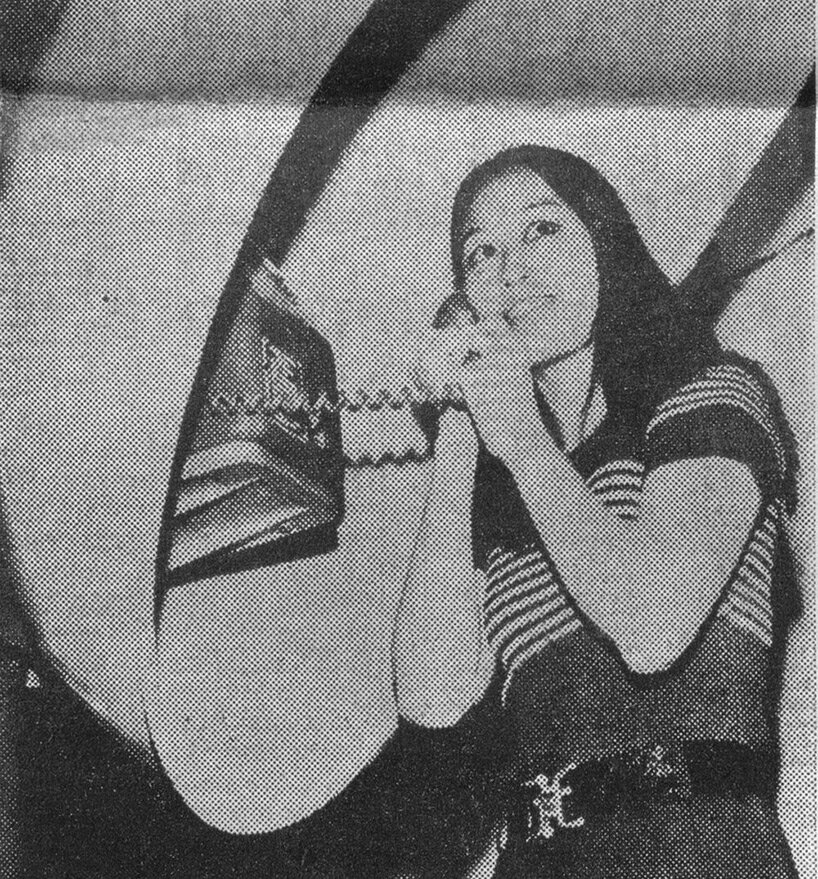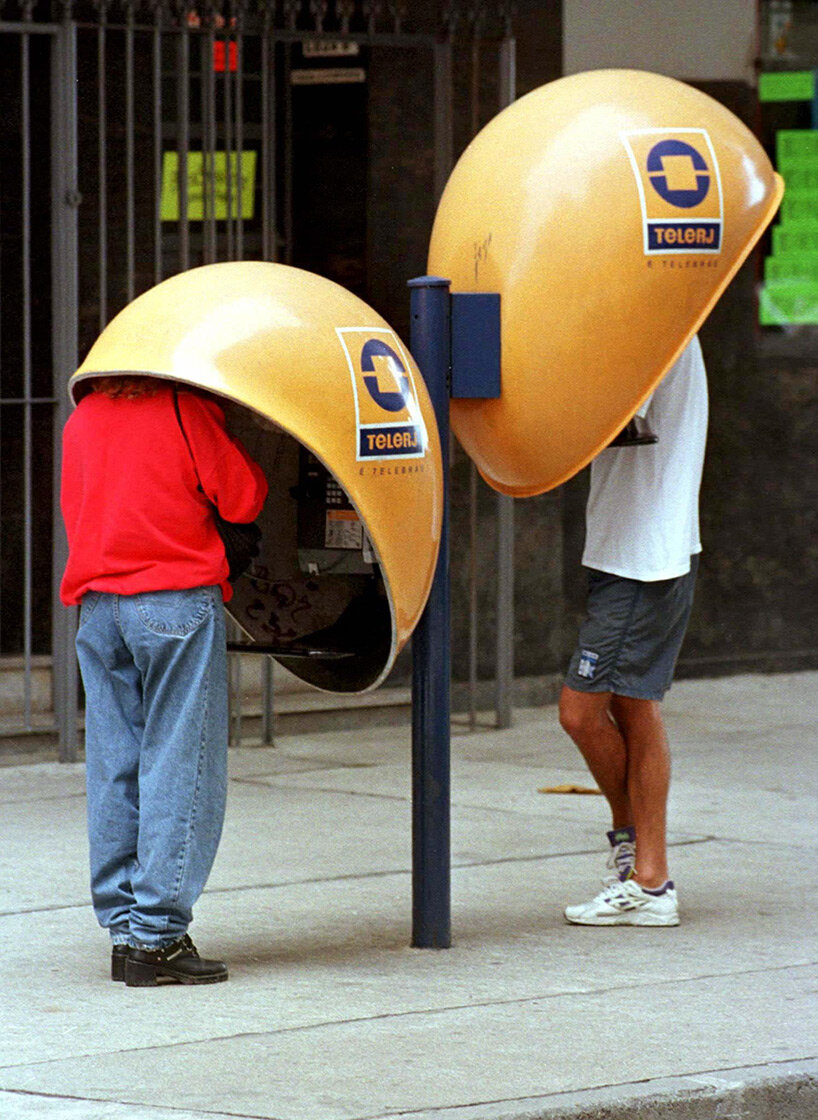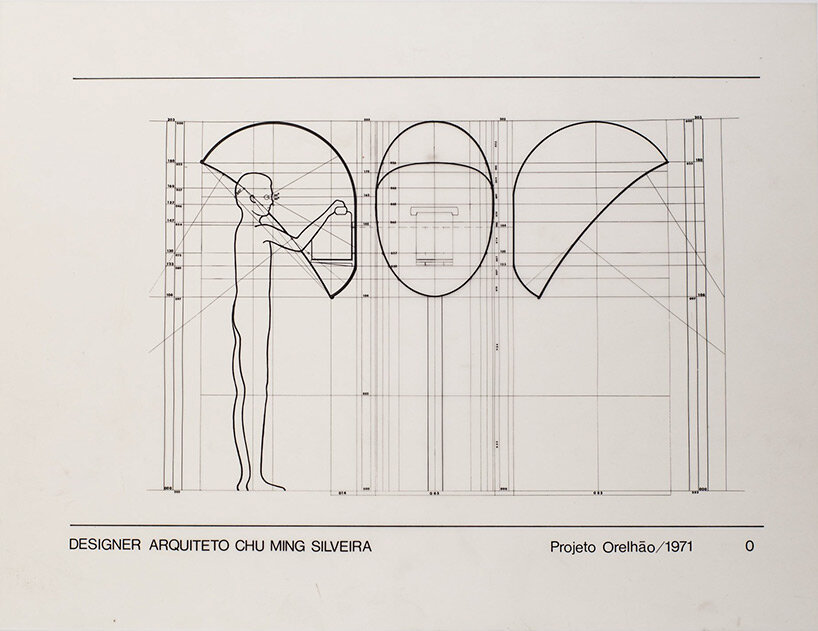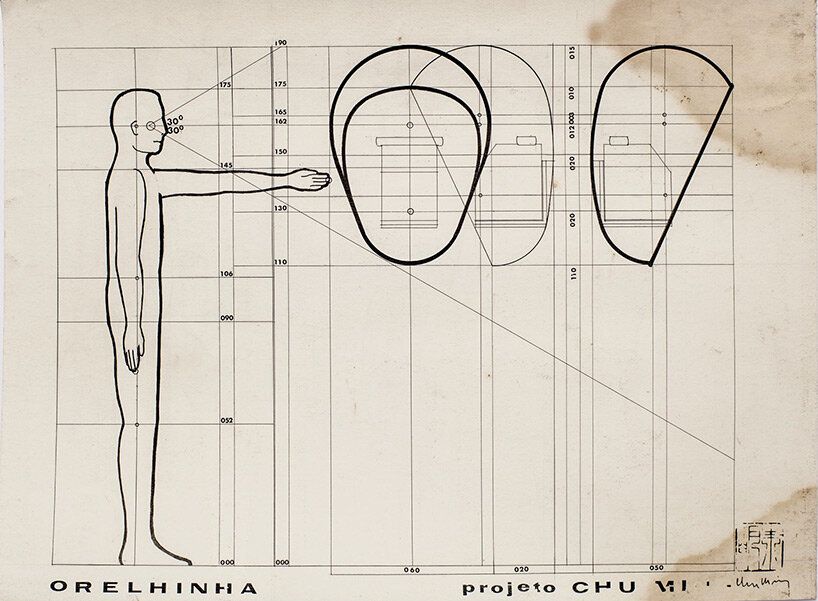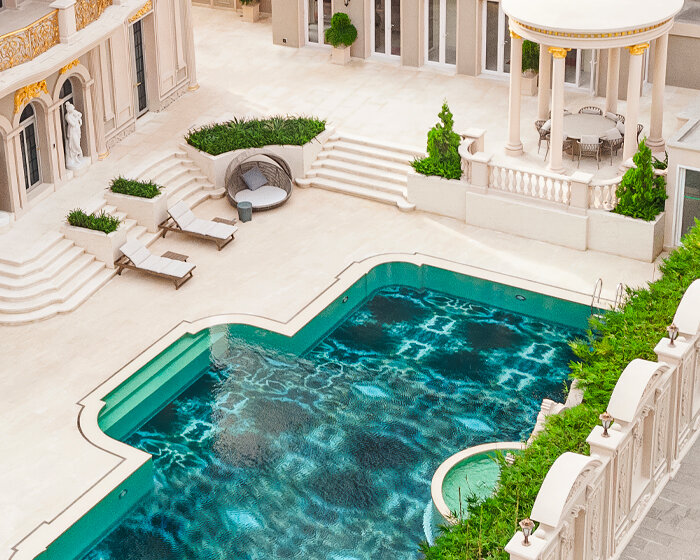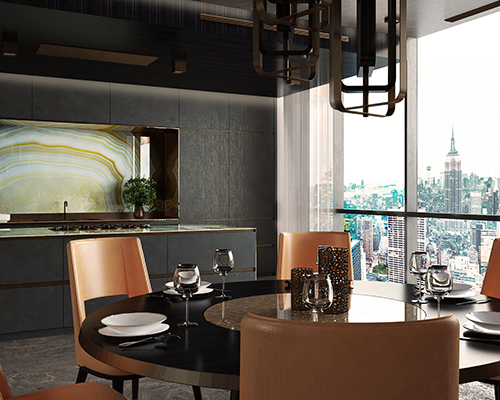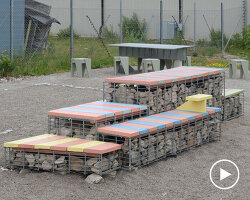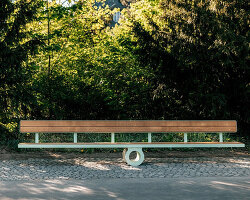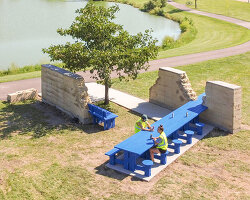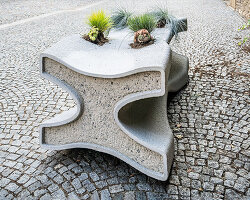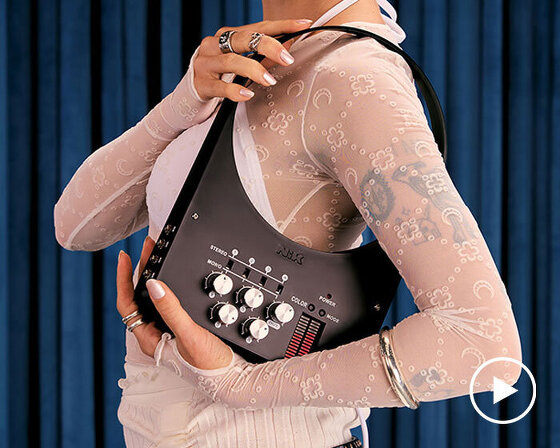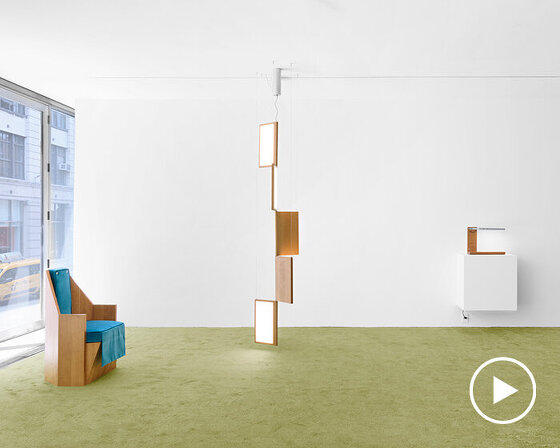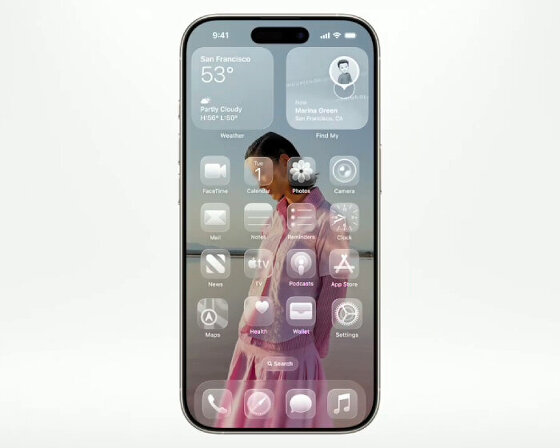KEEP UP WITH OUR DAILY AND WEEKLY NEWSLETTERS
happening now! SICIS brings the intricate art of mosaic and innovative materials to interior design, harmonizing every element — from furniture to surfaces — for complete environments.
a bluetooth-enabled speaker bag and a functioning 4-channel mixer bag are part sound system, part sculptural accessory.
connections: +300
the dancing bench at concéntrico festival is part of the studio's series exploring how familiar objects can be recharged through unexpected mechanics and sensory experiences.
connections: +540
formation, the italian design studio's first US gallery exhibition, is now on view at friedman benda's new york space.
planned for a september 2025 release, the redesign is present in iPadOS, macOS, watchOS, tvOS, and CarPlay to make all the devices uniform.
connections: +190
